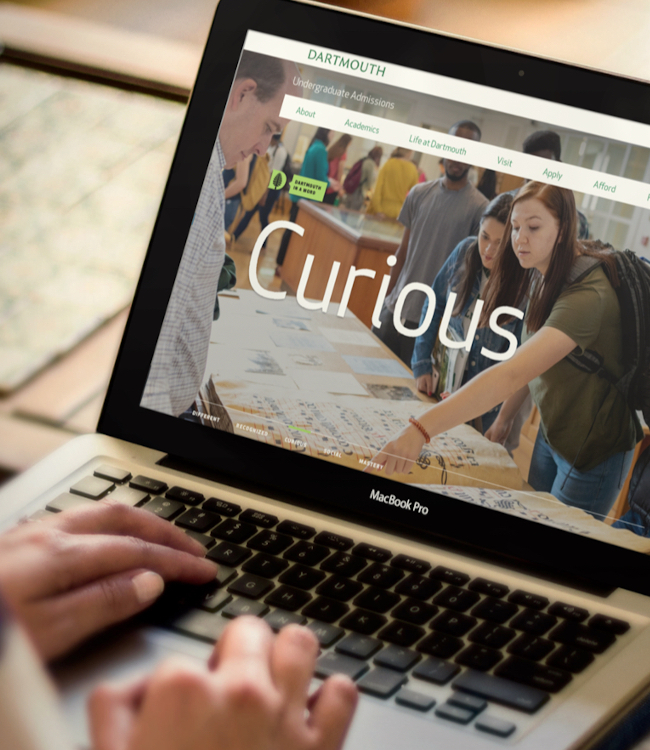Student Lifecycle Model: Higher Education Infographic
Download our infographic outlining the stages of the student lifecycle model to learn which messaging and channels work best during each phase of a student's journey from prospect to alumni.
Many factors weigh in the decision-making process for prospective students. It's critical for higher education institutions to deliver the right information at the right time. To communicate effectively, it's important to understand the type of messaging that will resonate most with prospective students as they make their way through the student lifecycle from prospect to alumni.
Stages of Student Lifecycle Model: Prospective Student Phase
Prospective students report at high rates (over 85%) that the website is the number one tool for research — even before connecting with an admission counselor. Therefore, it is critical to develop a prospect-focused website that answers key questions to move prospects along the student lifecycle.
Student Lifecycle: Current Student Phase
Current students engage with their college or university via mobile apps, LMS, and student portals. They are most frequently looking for day-to-day transactional materials. If this information is not readily accessible through digital channels, they seek out email, phone, text or chat channels to solve a problem or get an answer. Improving this portion of the student lifecycle often includes integrating multiple systems together to provide powerful and useful student portal.
The Alumni Phase of the Student Lifecycle Model
Engaging alumni — and turning them into advocates for your institution — requires that colleges and universities create a strong "push" communications channel using social and email to reach alumni. Through our research, we've learned that alumni re-engage with an institution during points of transition in their life: job change, a move, divorce, and when children begin considering colleges. Alumni view the website as the authoritative source of information, but visit only when they have a specific need.
Completing the Student Lifecycle
The goal of the student lifecycle is to generate referral traffic from alumni and reinforce the loyalty loop. Positive feedback from alumni can generate new students, engage alumni in life-long learning, and strengthen the financial position of the school.
What is a Student Lifecyle or Student Journey Map?
A student journey map documents all of the marketing touch points from awareness through decision. It includes the key stages, the emotions in each stage, the current marketing activities, key questions asked by prospects, and objections that need to be overcome to move the prospect to the next stage in the journey.
How to Create a Student Journey Map
A student journey map can be created by interviewing prospective students and asking them about their experience. Information can be gathered by using surveys, interviews, or focus groups. In these sessions, we ask prospects:
- When did you first consider college?
- What activities did you do or actions did you take?
- How did you feel or what emotions did you experience?
- What questions did you have? How did you find answers?
In addition to open-ended questions, a variety of workshop activities such as card sorts can be used to provide some structure. A card sort includes a series of 40-60 actions, and we ask the prospect to order these activities into a timeline. Once this is complete, we can ask probing questions about key stages, emotions, or influences during the journey.
The findings for each individual are documented, collated, analyzed and synthesized into a final customer journey map that can be used as the foundation for marketing plans.
This post was originally created in 2014.
Download our infographic outlining The Student Lifecycle
Learn which messaging works best during each phase of a student's journey.
